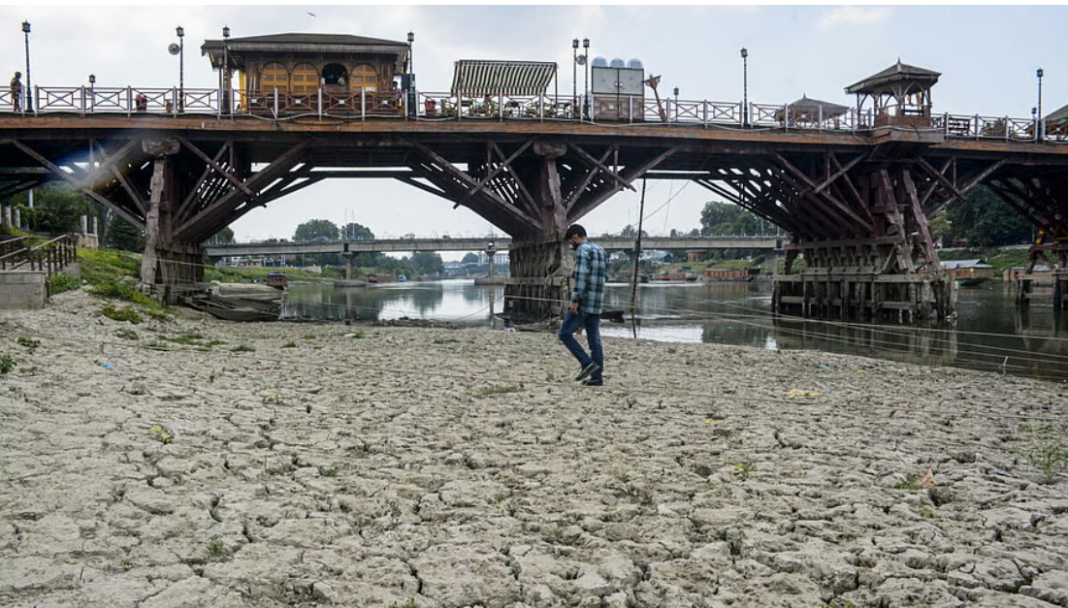In a stark indicator of changing climate patterns, Srinagar recorded its hottest July day in more than 70 years, as temperatures soared to 37.4°C on Saturday, July 5. This reading is the third-highest ever recorded in the city and is 7.8°C above the seasonal average, according to the India Meteorological Department (IMD). The highest-ever temperature in Srinagar remains 38.3°C, recorded on July 10, 1946, followed by 37.7°C on the same date in 1953.
The intense heatwave currently gripping the Kashmir Valley has led to soaring temperatures not only in the capital but also in other areas, including the popular tourist resort of Pahalgam, which recorded its highest-ever temperature of 31.6°C, surpassing last year’s record of 31.5°C.
This year’s spike in temperatures follows what has already been an unusually hot summer for the region. June 2025 was the hottest in nearly five decades, with average daytime temperatures staying about three degrees above normal. Traditionally, Kashmir’s summer temperatures have remained relatively mild, rarely exceeding 36°C in urban areas and around 30°C in resorts. The Valley, known for its temperate climate and cool summers, is now witnessing weather patterns once thought improbable.
Experts and meteorologists are raising serious concerns over this trend. Independent weather forecaster Faizan Arif remarked that what makes this year’s heatwave worrying is its consistency. “We have seen higher temperatures before, but those were isolated events. This year, both maximum and minimum temperatures have stayed elevated for prolonged periods,” Arif noted.
IMD Srinagar Director Mukhtar Ahmad attributed the increasing heat to a combination of global warming, reduced precipitation, and changing local climate dynamics. “In the past, whenever temperatures crossed 35°C, rainfall would follow shortly after, bringing relief. Now, we are experiencing extended dry spells,” Ahmad explained.
A significant factor contributing to these conditions is the declining snowfall in the region’s mountains. Ahmad pointed out that reduced snow accumulation and early melting have left the mountain ranges bare by March, drastically decreasing the availability of water vapour in the atmosphere, which in turn limits rainfall and cooling effects.
Additionally, the phenomenon of Urban Heat Islands (UHIs) is amplifying heat in cities like Srinagar. UHIs occur when urban areas become significantly warmer than nearby rural areas due to rapid urbanisation, concrete surfaces, scarce vegetation, and reduced water bodies. “Urban planning in Srinagar has left little room for greenery. Heat retention by concrete structures and emissions from traffic and industry worsen the effect,” Ahmad said.
The growing frequency and intensity of such extreme weather events highlight the broader impact of climate change in the Himalayan region. Environmentalists are urging urgent action to mitigate further damage, including better urban planning, reforestation, and sustainable water management.
As temperatures continue to soar and traditional climate patterns shift, the Kashmir Valley faces a future that could look very different from the serene, temperate paradise it has long been known as.








